Sample sourcing 101: 10 Top Tips for better digging
Sampling is one of the most potent weapons in many producers’ arsenal. But finding the right sounds – and knowing what to do with them – can be easier said than done. Here are 10 (actually, 11) top tips to help you dig for victory.
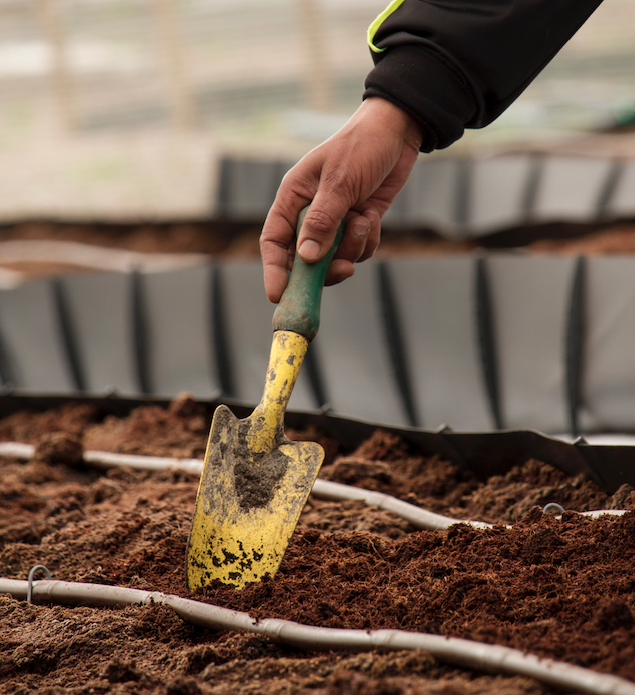
1. Look everywhere

And we mean EVERYWHERE.
Flying Lotus has often talked about breaking away from self-imposed limitations many beat-makers have for sample-sourcing. It doesn’t need to be exclusively ultra-rare vinyl finds – you can mine any sound resource imaginable for great samples. NASA and the BBC have both recently made huge swathes of field recordings available for free download… from indigenous tribes singing to lunar landing radio transmissions, there are some amazing sounds to discover.
Likewise, TV shows, radio broadcasts, your Auntie’s old record collection… anything that makes sound is a legitimate sample source*.
There are also some incredible free sound effect libraries that can be mined for seriously cool samples. The only that matters is: Does it sound cool?
*bitrate dependent! See #6!
2. Get a field recorder (or your phone!)
Great samples haven’t all been locked away in digital files or vinyl records – The great outdoors is teeming with them!
Whether you’re on a trip into nature, bustling through the city or lazing on the beach, there are cool sounds happening around us all the time. Inexpensive field recorders such as the GoPro or Zoom H6 can capture these sounds in incredible detail and high-fidelity. Want to make your production stand out? Try using sounds you can almost guarantee nobody else will have used before!
If you don’t have the budget for a dedicated field recorder, a great option is your phone. These days, they come with pretty high quality microphones and Voice Record apps (this varies by make and model, naturally). What’s even better – you’ve probably got it to hand in almost any situation. Instant sample capture!
3. Organize your library by key

One of the most important aspects of sample-sourcing isn’t just about collecting them, it’s about what you do with them. Or, more accurately, how you store them.
It can be tempting to leave samples on endless piles of CDs, memory cards, external drives or records. Take some time as soon as you’ve sourced a sample to archive it properly. This will help you not to forget about it by reinforcing your relationship with it. It’s also just good practice.
Even better practice is to analyze these samples with Mixed In Key, establish the root key of each one, and file them into ready made playlists by key. You can choose whether to use the DJ-friendly Camelot Wheel method, or regular Flats or Sharps.
If you also have the amazing new Mixed In key Studio Edition plugin, you can audition samples on the fly inside your production!
Write Chords Faster with Captain Chords
- Use Captain Plugins to write your own Chord Progressions, Hooks, Melodies and Basslines
- Export to your DAW
- Available on Mac and Windows.
PRO TIP
Create playlists in your sample library from 1A to 12B (all the positions on the Camelot Wheel). Then scan you samples in Mixed In Key, and add the samples to the relevant playlist.
Next time you are working on a project and need a sample, you can go straight to the right folder.
Mixed In Key Studio Edition helps you take this one step further. You can find the root key of your project by using Mixed In Key Studio Edition on the Master channel (set it to Camelot Wheel first. Search for samples in that key in your playlists.
You can now audition each sample candidate in real-time, and not only see its root key, but also the notes within the sample! This is awesome for helping you find the ultimate sample for your project.
4. Re-sample

For sample-lovers, there’s an undeniable truth; copyright is a thing. It’s all good if you have a record label prepared to individually clear each sample for you. But, assuming you don’t, you might want to take precautions against lawsuits.
This becomes more pertinent as you rise up the music industry. While any copyright infringement is technically illegal, the chances of this being enforced grow as your profile does.
Copyright law itself is a vastly complicated, almost impossible to navigate minefield, but when it comes to samples, one thing is true. The major labels have ways of automatically detecting copyright infringement.
This can result in takedown notices or even lawsuits. If you’re really unlucky, you might end up like The Verve, who were sued by the Rolling Stones for using their sample without permission on their breakthrough hit Bittersweet Symphony.
A cautionary tale
They were sued for all the earnings of the song and lost all publishing rights, meaning they never saw a single penny of the thousands of dollars it generated. Bittersweet indeed!
So, we don’t want to fall foul of the copyright police. One way to avoid this is re-sampling. Re-sampling is a term used to describe the process of taking a sample, processing it and bouncing out the processed, altered version. There is really no limit to how much processing you want to apply, but if you’re using famous samples it’s probably a good idea to process them pretty thoroughly.
Of course, lawsuit avoidance isn’t the only reason to do this. By processing your samples with creative or
destructive plugins such as distortion, delay, ring modulation etc, you create brand new sounds that will sound
unique!

PRO TIP
Emulate pioneering producers like Flume by processing the same sample with different delay settings, re-sampling each sample, and then chopping off the sample itself, leaving just the delay tails
Then blend or splice the tails together in your DAW or sampler. Be creative and experimental.
It’s an aweome and simple way to turn a straight sample into a shimmering new sound!
It’s how Flume achieved the beautiful sounds in his track ‘Jewel’
5. Visit flea-markets and thrift stores

One person’s trash is another’s treasure. You’d be amazed at what cool records, CDs and even tapes get sold off for pennies at thrift stores and swap meets. There’s a reason that top producers and record collectors get up at 6am to trawl flea-markets miles from home!
In recent years, vinyl has enjoyed a huge resurgence, and sites like Discogs.com have boosted many prices of older records, and given stallholders the means to properly value their wares. That’s good for them, but does mean there aren’t so many steals to be found.
However, the same can’t be said for CDs, so don’t overlook the CD section. Spotting gold in 2nd hand markets can be an art in its own right, and sometimes you just have to take a chance.
And don’t focus on genre, it really doesn’t matter. There are amazing samples to be found in Heavy Metal, Country and Western, Folk and all kinds of musical styles that may be a million miles away from the genre you want to create.
6. Audio fidelity
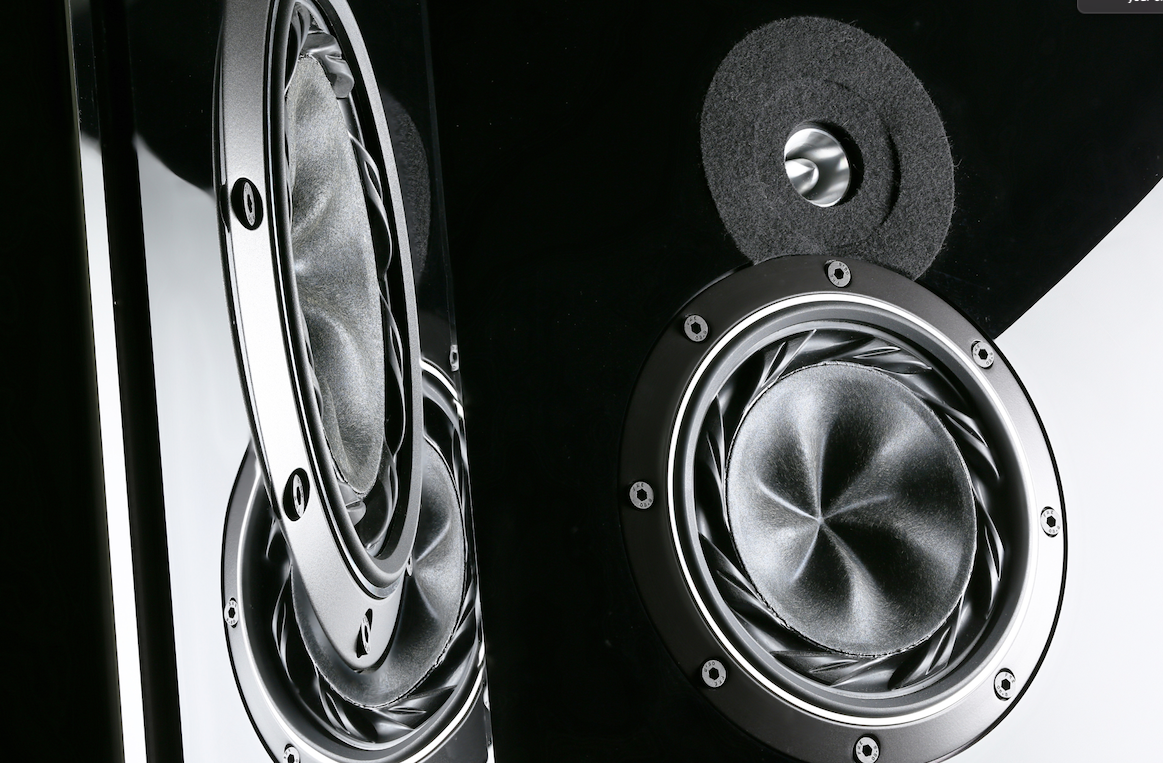
Understanding bitrate
Digital files are like sandpits – the more sand in the pit, the more accurately the file recreates the original recording. A lossless audio file type, such as AIF, WAV, FLAC or ALAC, will be as close to the original recording as the human ear can perceive. As a result, they make ideal candidates for samples. Any hardware sampler worth its salt records to lossless audio files.
These files are, metaphorically speaking, a full sandpit.
Digital files are often compressed to make them smaller, which means lower upload speeds, less CPU load for streaming and less required storage or hosting space. Generally, compressed audio files are in mp3 form, although iTunes uses m4a.
Back to the sandpit metaphor…
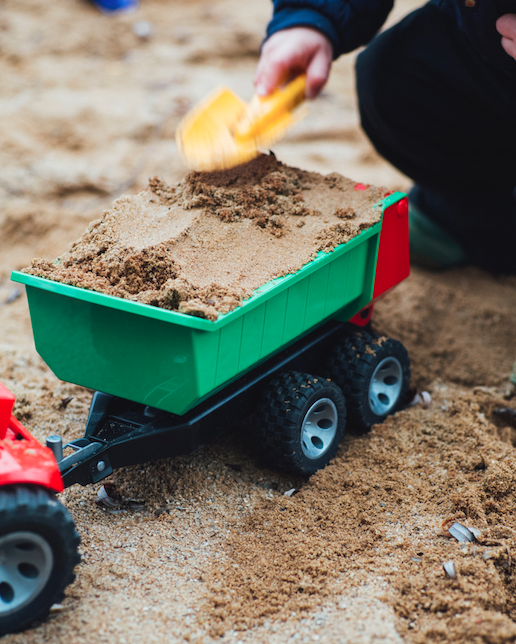
This compression removes data from the file, the same way you might remove sand from a sandpit to make it lighter. We describe the amount of data left in the file as bitrate – the number of kbps – kilobytes per second – the file can stream.
This bitrate is really important to understand. Digital audio sounds worse and worse the lower the bitrate.
Not worse in an analog way, where a little distortion can add character. Just worse in a ‘why does this sound like it was recorded underwater?’ kind of way. When the bitrate gets too low, the amount of sand in the pit decreases to the point where you can see the bottom. Gaps appear in the sound, you lose bass and mids first, and get a watery, unpleasant sound. It’s just not cool!
Respect the bitrate
DJs generally don’t go below 320kbps, as anything lower will probably sound weak. We suggest you also stick to 320kbps mp3 files as a minimum resolution for your samples.
This means ripping from streaming sites like Youtube or Soundcloud is generally not a good idea. The bitrate is so low already (around 96kbps) that it is guaranteed to sound low quality.
Sometimes spoken word, sound effects or acapella audio sounds passable, just about, but music is almost always too poor quality to use as a sample.
That said, if the sampled audio is only going to be used on Youtube or Soundcloud once it’s in the finished project, it’s probably not going to be that noticeable. This may be why people make Youtube mashups that sound pretty good. Just don’t expect to play them on the radio or in a club and achieve the same results.
Our Platinum Notes software is designed to maximise the fidelity of your audio, so try using it on your samples to bring out the best ii them
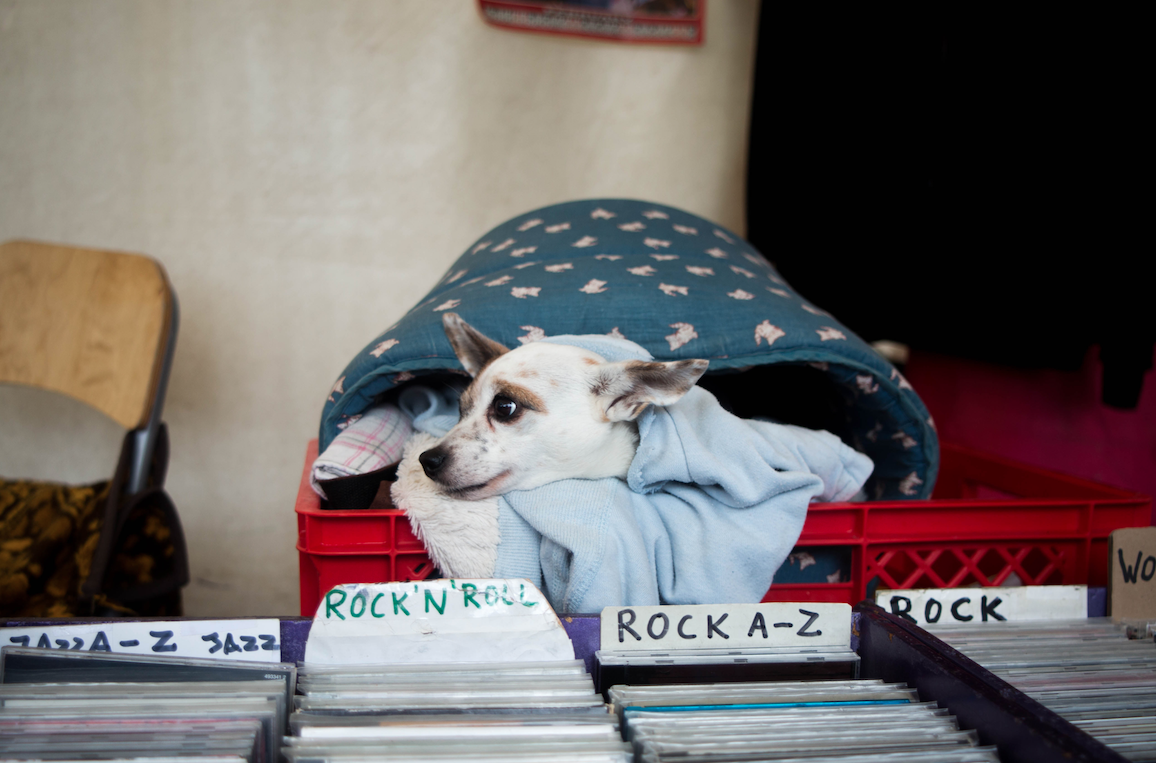
Vinyl survival
Analog audio, such as vinyl or cassette, doesn’t fill up in the same way – it can degrade in a physical sense, which impacts how faithfully the audio plays back, but it is essentially still a ‘full’ sound.
So, analog audio which is in a low-quality form – such as a warped tape or scratched record – can sound muddy, boomy or hissy. This can make it difficult to use as a sample, or, in some magic cases, it can actually lend a new, interesting characteristic to the sound.
However, assuming you want to capture vinyl audio as well as you can (you can always process it later to dirty it up), it’s advisable to invest in quality needles for recording.
The vinyl countdown
In addition to basics like cleaning each record before sampling, it’s useful to understand vinyl quality.
Vinyl merchants use a simple code to describe the general quality of the record in question and its sleeve.
Vinyl grading according to Discogs
| Grading | Code | Meaning | |
|---|---|---|---|
| M | Mint | Absolutely perfect in every way. Certainly never been played, possibly even still sealed. | |
| NM/NM- | Near Mint | A nearly perfect record. A NM- record has more than likely never been played, and the vinyl will play perfectly, with no imperfections during playback. | |
| VG+ | Very Good + /Excellent | Generally worth 50% of the Near Mint value. A Very Good Plus record will show some signs that it was played and otherwise handled by a previous owner who took good care of it. Defects should be more of a cosmetic nature, not affecting the actual playback as a whole. | |
| VG | Very Good | Generally worth 25% of Near Mint value. Many of the defects found in a VG+ record will be more pronounced in a VG disc. Surface noise will be evident upon playing, especially in soft passages and during a song’s intro and fade, but will not overpower the music otherwise. Groove wear will start to be noticeable, as with light scratches (deep enough to feel with a fingernail) that will affect the sound. | |
| G | Good | Generally worth 10-15% of the Near Mint value. A record in Good or Good Plus condition can be played through without skipping. But it will have significant surface noise, scratches, and visible groove wear. | |
| P / F | Poor / Fair | Generally worth 0-5% of the Near Mint price. The record is cracked, badly warped, and won’t play through without skipping or repeating. |
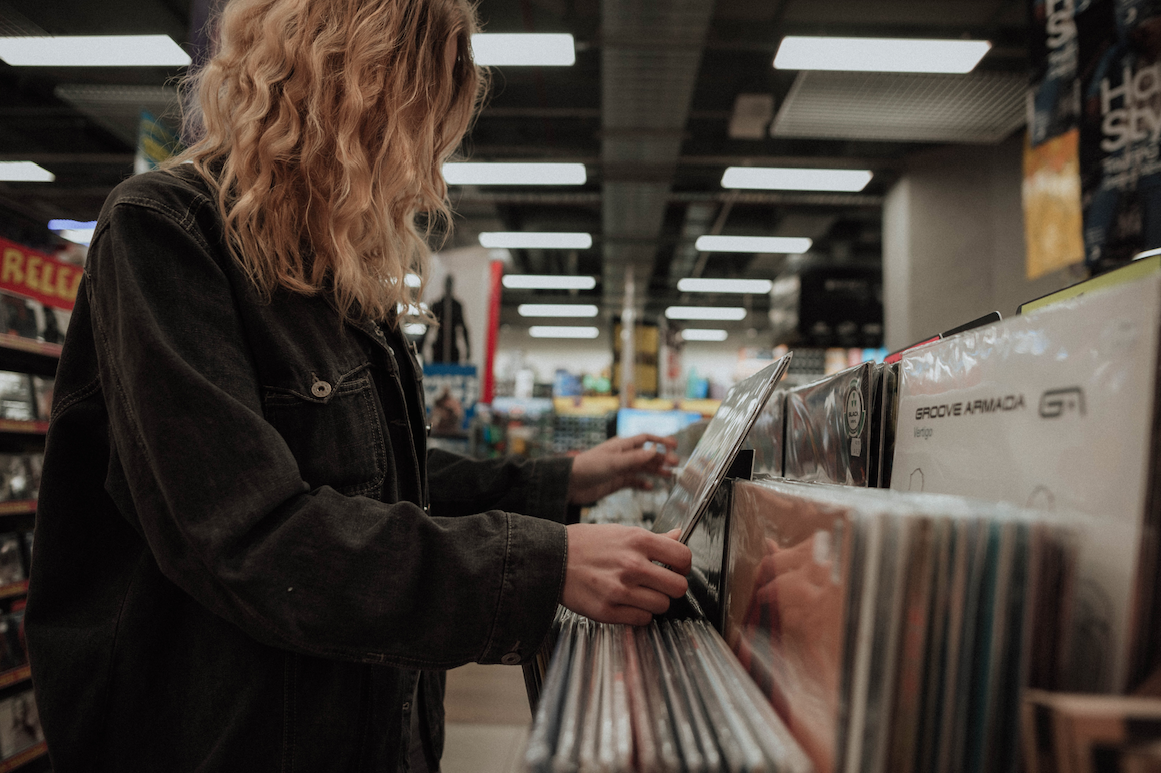
Generaly speaking it’s best to try and work with records that are VG+ and above, as they should sound crisper and clearer. However, the sample you want may be in a relatively good state in an otherwise scratched record. If you’re in a store you can try it out, but if you’re ordering online, it might be best not to risk it.
Recording
You don’t need an expensive DAW for basic sample capture from vinyl – freeware like Audacity can do the job perfectly well. Also, most hardware samplers can capture audio from a DJ mixer in high quality form. The deciding factors for whether a sample is usable from vinyl are generally needle quality and vinyl quality.
7. Public domain
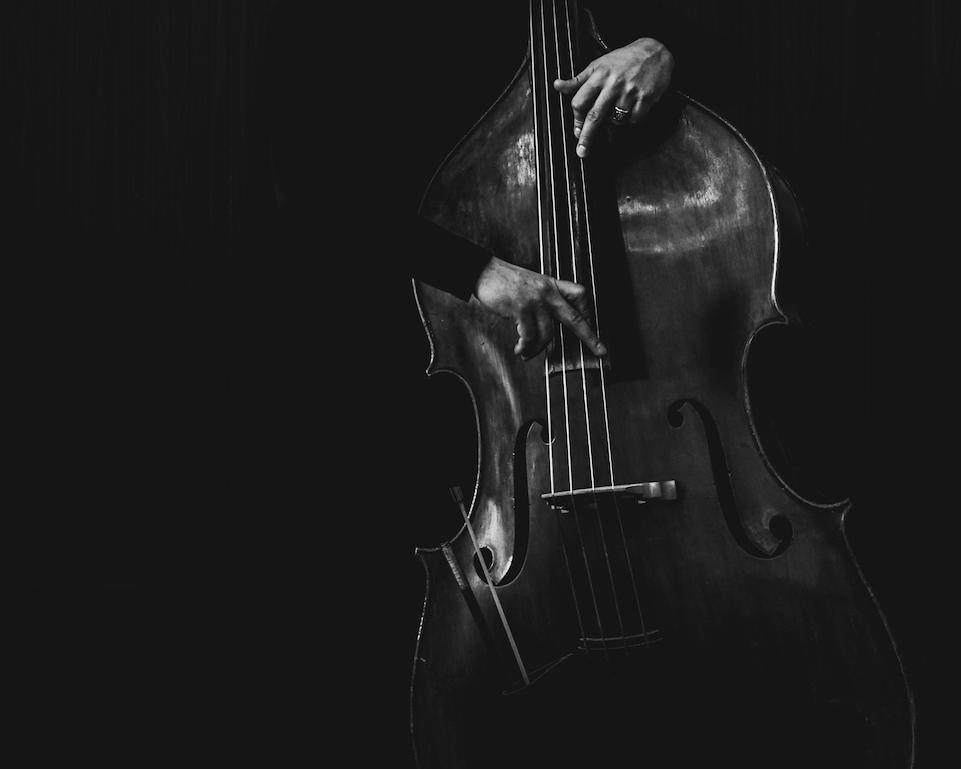
We’ve already addressed the issue of copyright in #4, but let’s spare a word for public domain audio.
This term describes music or audio recordings that are either old enough to be beyond the reach of copyright protection, or licensed under Creative Commons.
Creative Commons audio can be used royalty-free in any capacity. The exact number of years old a piece of music needs to be to be considered public domain under the age criteria varies from country to country, so check very carefully first.
Public domain audio can be a goldmine of samples… here are a few sites to get you started: Free Music Public Domain Free Music Archive PD Music
8. Wham, bam, thank you Shazam!

With the Shazam app,
you can instantly get the name and often the buy link for most songs, just by ‘Shazamming’. This is the stuff dreams were made of a few years ago, so don’t underestimate its potential!
9. Listen to the sample-flip masters
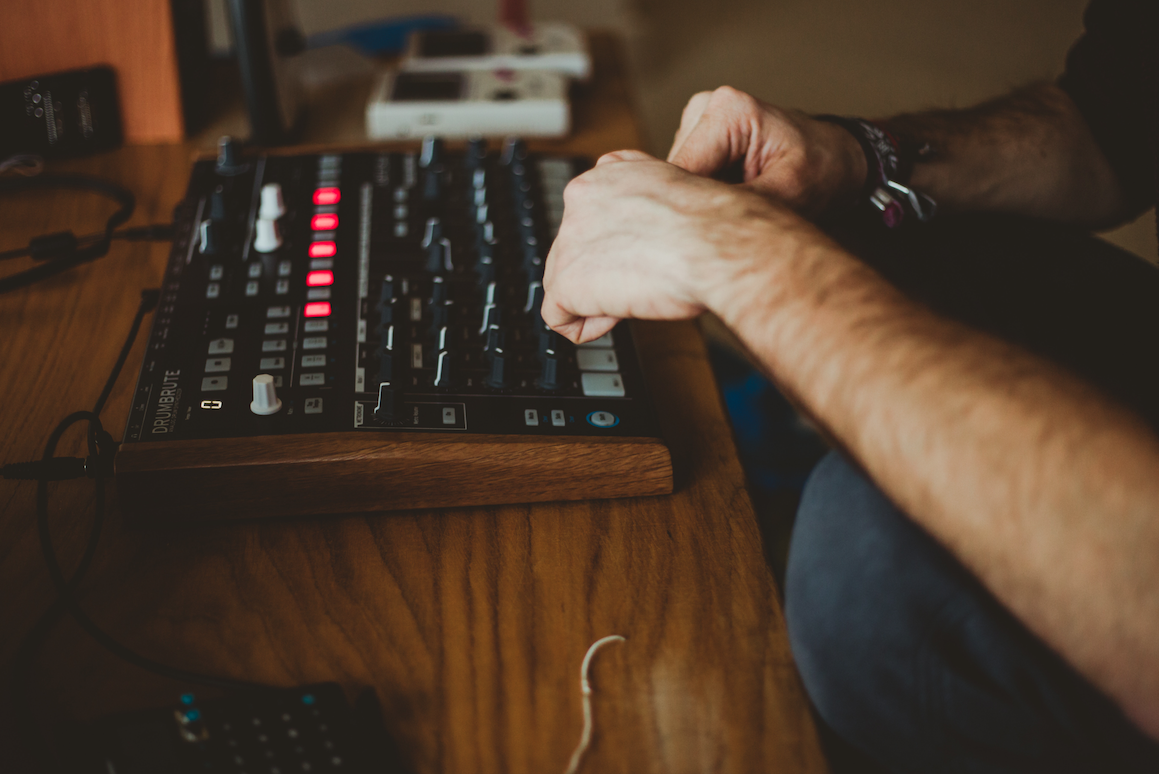
From Madlib to Flying Lotus, DJ Shadow to the late J Dilla, there are enough masters of the art out there to teach you everything you could want to know about sample sourcing.
Listen to their work. Dissect it. Understand it. Figure out what samples they used, how they processed them, and where they might have found the samples in the first place.
It’s not as hard as it sounds, thanks to WhoSampled.com
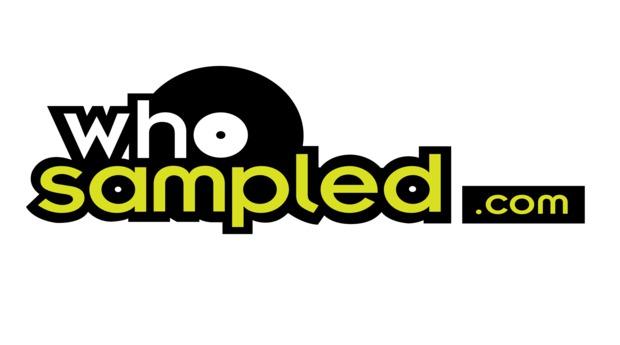 It has an enormous repository of songs from classics to brand new tracks, and details every sample used in its
creation, including audio links!
It has an enormous repository of songs from classics to brand new tracks, and details every sample used in its
creation, including audio links!
It’s a fantastic way to reverse-engineer sample-based music and get inspiration for your own work.
You can also check whether the sample you’re looking to flip is as unique as you hope it might be…
10. Sample Packs
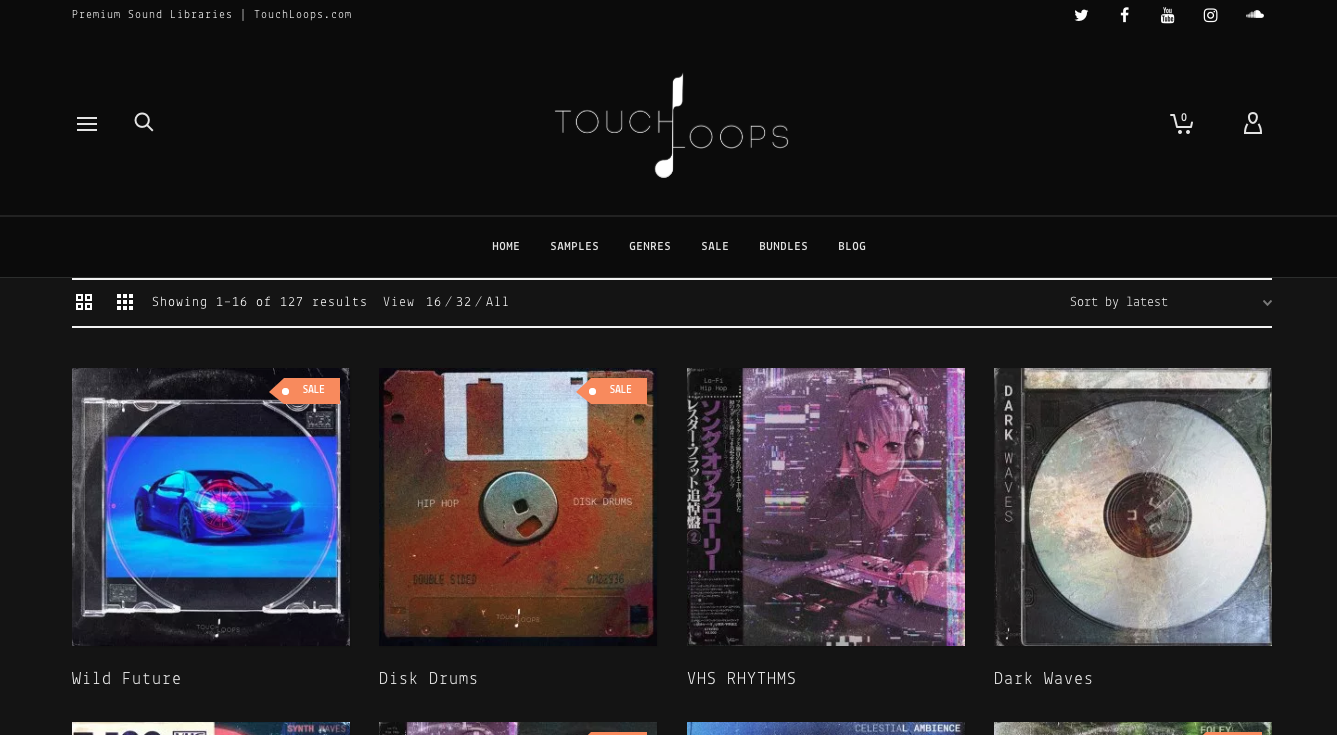
It may be surprising to see this down at number 10 in our list, but that’s not an indication of using sample packs’ worth.
There is a staggering number of sample packs available online, or on CD, covering every genre and sub-genre imagineable
You can find them all over the internet, from bespoke sample companies such as our friends at Touch Loops, Samples From Mars or Loopmasters.
Equally, there are entire Reddit subs dedicated to sharing free sample packs, and many sites like I am A Music Mogul give out free sample packs.
Meanwhile, a trip to DJ download stores like Juno Download Traxsource and Beatport will reveal a huge array of high quality sample packs to assist your production.
These sample packs are royalty-free, and can really add spice to your mix
10. Make your own samples
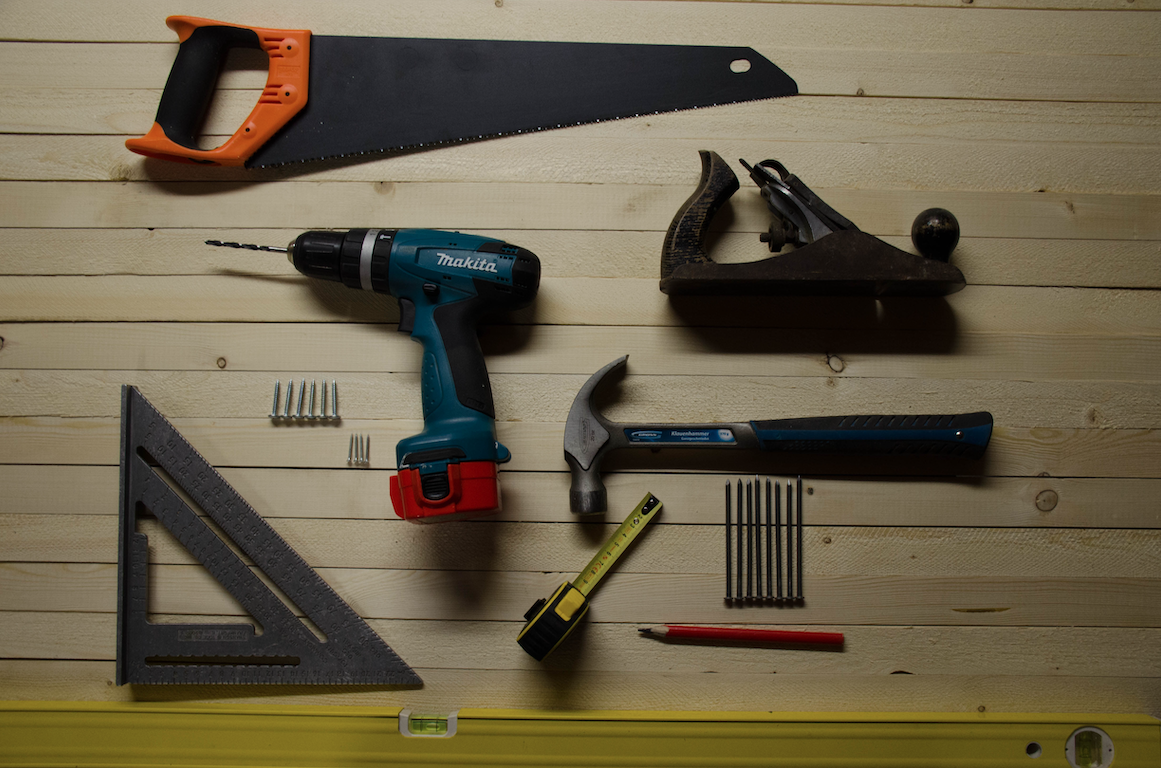
Anything you have that makes noise is a potential sample. Whether it’s a creaky bathroom door, a cat meowing, yourself playing an instrument, humming or singing.
Record it and see if you can slice, dice or otherwise transform it into a fresh new sample.
This last point captures the essence of the entire article; if you want to get better, more unique samples for your work, the key is to think laterally. As soon as you free yourself from constraints regarding genre, medium or anything else, a whole world of possibilities opens up!
Elevate your sample collection with Mixed In Key
It’s super easy to create your own ideas from scratch. Visit the official Mixed In key Studio Edition homepage to see how it can help you analyze samples inside your own productions
